International Organization for Migration
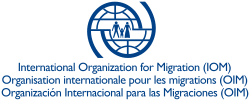 | |
| Formation | 1951 |
|---|---|
| Type | Intergovernmental organization |
| Headquarters | Geneva, Switzerland |
Membership | 165 member states and 8 observer states (over 80 global and regional IGOs and NGOs are also observers) |
Official languages | English, French and Spanish |
Director General | William Lacy Swing |
Budget | US$1.675 billion (2013)[1] |
Staff | 8,400[2] |
| Website |
www |
The International Organization for Migration (IOM) is an intergovernmental organization that provides services and advice concerning migration to governments and migrants, including internally displaced persons, refugees, and migrant workers. As of September 2016, it became a related organization of the United Nations. It was initially established in 1951 as the Intergovernmental Committee for European Migration (ICEM) to help resettle people displaced by World War II. As of June 2016, the International Organization for Migration has 165 member states and 8 observer states.[3][4]
It is the principal intergovernmental organization in the field of migration. IOM's stated mission is to promote humane and orderly migration by providing services and advice to governments and migrants.
IOM works to help ensure the orderly and humane management of migration, to promote international cooperation on migration issues, to assist in the search for practical solutions to migration problems and to provide humanitarian assistance to migrants in need, be they refugees, displaced persons or other uprooted people.
The IOM Constitution[5] gives explicit recognition to the link between migration and economic, social and cultural development, as well as to the right of freedom of movement of persons.
IOM works in the four broad areas of migration management: migration and development, facilitating migration, regulating migration, and addressing forced migration. Cross-cutting activities include the promotion of international migration law, policy debate and guidance, protection of migrants’ rights, migration health and the gender dimension of migration.
In addition, IOM has often organized elections for refugees out of their home country, as was the case in the 2004 Afghan elections and the 2005 Iraqi elections.
IOM works closely with governmental, intergovernmental and non-governmental partners.
History
IOM, or as it was first known, the Provisional Intergovernmental Committee for the Movement of Migrants from Europe (PICMME), was born in 1951 out of the chaos and displacement of Western Europe following the Second World War.
Mandated to help European governments to identify resettlement countries for the estimated 11 million people uprooted by the war, it arranged transport for nearly a million migrants during the 1950s.
The Constitution of the International Organization for Migration was concluded on 19 October 1953 in Venice as the Constitution of the Intergovernmental Committee for European Migration. The Constitution entered into force on 30 November 1954 and the organization was formally born.
The organization underwent a succession of name changes from PICMME to the Intergovernmental Committee for European Migration (ICEM) in 1952, to the Intergovernmental Committee for Migration (ICM) in 1980, and to the International Organization for Migration (IOM) in 1989; these changes reflect the organization's transition over half a century from a logistics agency to a migration agency.
While IOM's history tracks the man-made and natural disasters of the past half century—Hungary 1956, Czechoslovakia 1968, Chile 1973, the Vietnamese Boat People 1975, Kuwait 1990, Kosovo and Timor 1999, and the Asian tsunami, the 2003 invasion of Iraq, the Pakistan earthquake of 2004/2005 and the 2010 Haiti earthquake—its credo that humane and orderly migration benefits migrants and society has steadily gained international acceptance.
From its roots as an operational logistics agency, it has broadened its scope to become the leading international agency working with governments and civil society to advance the understanding of migration issues, encourage social and economic development through migration, and uphold the human dignity and well-being of migrants.
The broader scope of activities has been matched by rapid expansion from a relatively small agency into one with an annual operating budget of $1.3 billion and some 8,400 staff working in over 100 countries worldwide.
As "The Migration Agency" IOM has become the point of reference in the heated global debate on the social, economic and political implications of migration in the 21st century.[6]
Member states

Blue: observer states
As of June 2016, the International Organization for Migration has 165 member states and 8 observer states.
Member states:[3]
 Afghanistan
Afghanistan Albania
Albania Algeria
Algeria Angola
Angola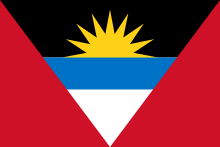 Antigua and Barbuda
Antigua and Barbuda Argentina
Argentina Armenia
Armenia Australia
Australia Austria
Austria Azerbaijan
Azerbaijan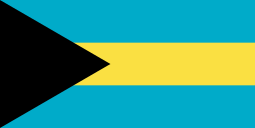 Bahamas
Bahamas Bangladesh
Bangladesh Belarus
Belarus.svg.png) Belgium
Belgium Belize
Belize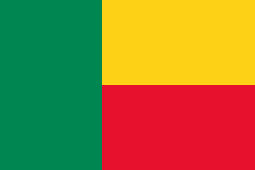 Benin
Benin Bolivia
Bolivia Bosnia and Herzegovina
Bosnia and Herzegovina Botswana
Botswana Brazil
Brazil Bulgaria
Bulgaria Burkina Faso
Burkina Faso Burundi
Burundi Cambodia
Cambodia Cameroon
Cameroon Canada
Canada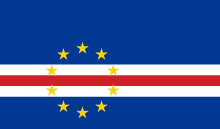 Cape Verde
Cape Verde Central African Republic
Central African Republic Chad
Chad China[7]
China[7] Chile
Chile Colombia
Colombia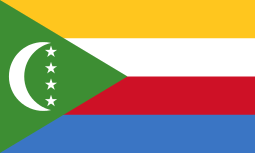 Comoros
Comoros Congo
Congo Costa Rica
Costa Rica Côte d'Ivoire
Côte d'Ivoire Croatia
Croatia Cyprus
Cyprus Czech Republic
Czech Republic Democratic Republic of the Congo
Democratic Republic of the Congo Denmark
Denmark Djibouti
Djibouti Dominican Republic
Dominican Republic Ecuador
Ecuador Egypt
Egypt El Salvador
El Salvador Eritrea
Eritrea Estonia
Estonia Ethiopia
Ethiopia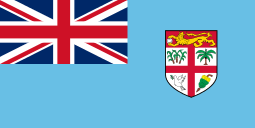 Fiji
Fiji Finland
Finland France
France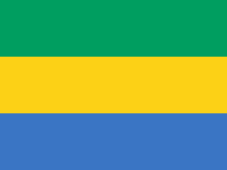 Gabon
Gabon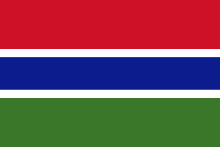 Gambia
Gambia Georgia
Georgia Germany
Germany Ghana
Ghana Greece
Greece Guatemala
Guatemala Guinea
Guinea Guinea-Bissau
Guinea-Bissau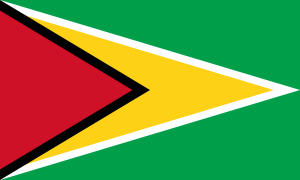 Guyana
Guyana Haiti
Haiti Holy See
Holy See Honduras
Honduras Hungary
Hungary Iceland
Iceland India
India Iran
Iran Ireland
Ireland Israel
Israel Italy
Italy Jamaica
Jamaica Japan
Japan Jordan
Jordan Kazakhstan
Kazakhstan Kenya
Kenya Kiribati
Kiribati Kyrgyzstan
Kyrgyzstan Latvia
Latvia Lesotho
Lesotho Liberia
Liberia Libya
Libya Lithuania
Lithuania Luxembourg
Luxembourg Madagascar
Madagascar Malawi
Malawi Maldives
Maldives Mali
Mali Malta
Malta Marshall Islands
Marshall Islands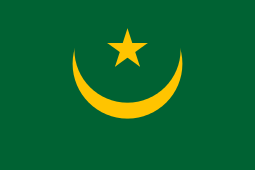 Mauritania
Mauritania Mauritius
Mauritius Mexico
Mexico Micronesia
Micronesia Mongolia
Mongolia Montenegro
Montenegro Morocco
Morocco Mozambique
Mozambique Myanmar
Myanmar Namibia
Namibia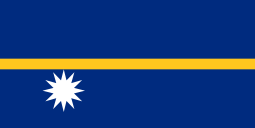 Nauru
Nauru Netherlands
Netherlands Nepal
Nepal New Zealand
New Zealand Nicaragua
Nicaragua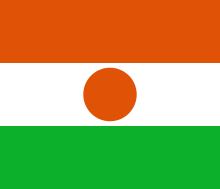 Niger
Niger Nigeria
Nigeria Norway
Norway Pakistan
Pakistan Panama
Panama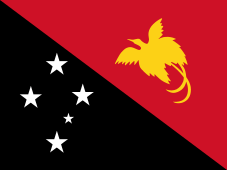 Papua New Guinea
Papua New Guinea Paraguay
Paraguay Peru
Peru Philippines
Philippines Poland
Poland Portugal
Portugal Republic of Korea
Republic of Korea Republic of Moldova
Republic of Moldova Romania
Romania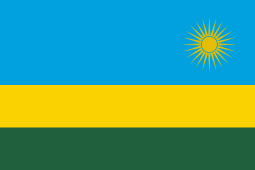 Rwanda
Rwanda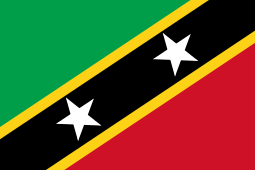 Saint Kitts and Nevis
Saint Kitts and Nevis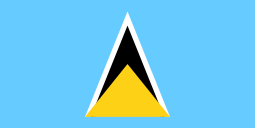 Saint Lucia
Saint Lucia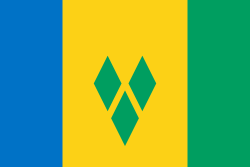 Saint Vincent and the Grenadines
Saint Vincent and the Grenadines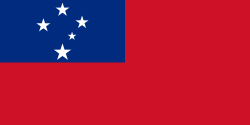 Samoa
Samoa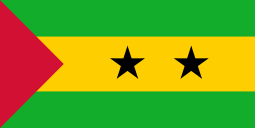 São Tomé and Príncipe
São Tomé and Príncipe Senegal
Senegal Serbia
Serbia Seychelles
Seychelles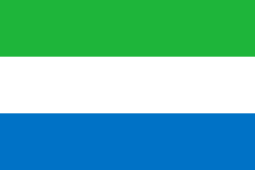 Sierra Leone
Sierra Leone Slovakia
Slovakia Slovenia
Slovenia Solomon Islands
Solomon Islands Somalia
Somalia South Africa
South Africa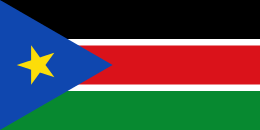 South Sudan
South Sudan Spain
Spain Sri Lanka
Sri Lanka Sudan
Sudan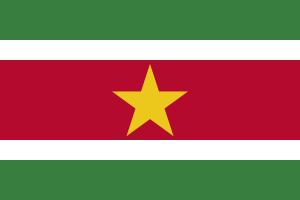 Suriname
Suriname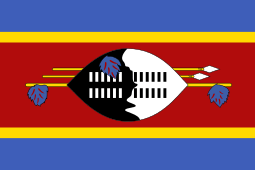 Swaziland
Swaziland Sweden
Sweden Switzerland
Switzerland Tajikistan
Tajikistan Thailand
Thailand Republic of Macedonia
Republic of Macedonia Timor-Leste
Timor-Leste Togo
Togo Trinidad and Tobago
Trinidad and Tobago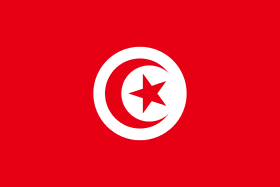 Tunisia
Tunisia Turkey
Turkey Turkmenistan
Turkmenistan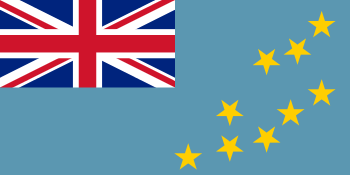 Tuvalu
Tuvalu Uganda
Uganda Ukraine
Ukraine United Kingdom
United Kingdom United Republic of Tanzania
United Republic of Tanzania United States
United States Uruguay
Uruguay Vanuatu
Vanuatu Venezuela
Venezuela Vietnam
Vietnam Yemen
Yemen Zambia
Zambia Zimbabwe
Zimbabwe
Observer States:[4]
References
- ↑ "IOM Snapshot" (PDF). International Organization for Migration. July 2014. Archived from the original (PDF) on June 5, 2015.
- ↑ Iom.int
- 1 2 "Member States". International Organization for Migration. Retrieved 3 Nov 2014.
- 1 2 "Observer States". International Organization for Migration. Retrieved 3 Nov 2014.
- ↑ Iom.int
- ↑ "History". International Organization for Migration. Retrieved 3 Nov 2014.
- ↑ "Migration group approves move to join United Nations system". Salon. Retrieved 30 June 2016.
External links
| Wikimedia Commons has media related to International Organization for Migration. |